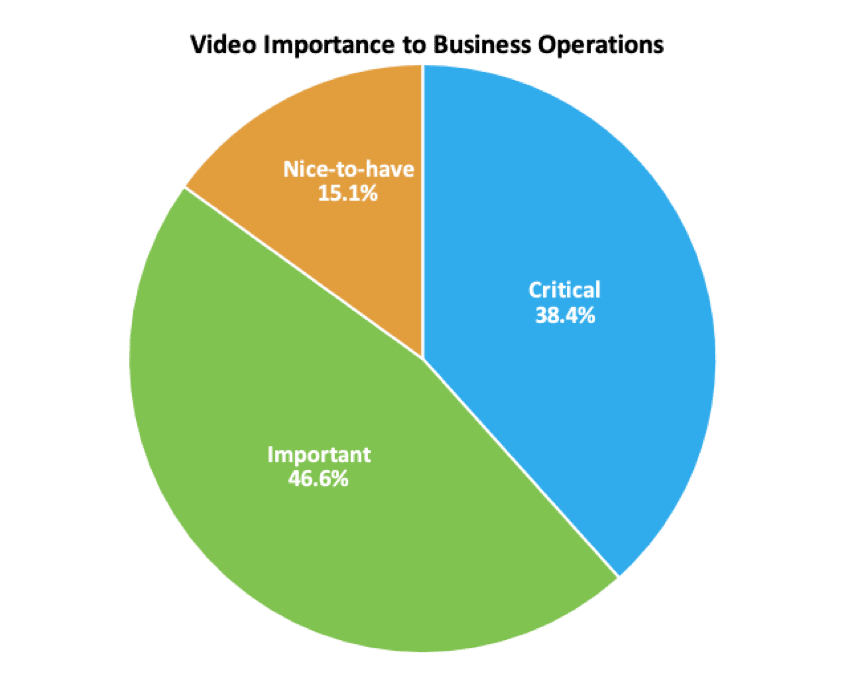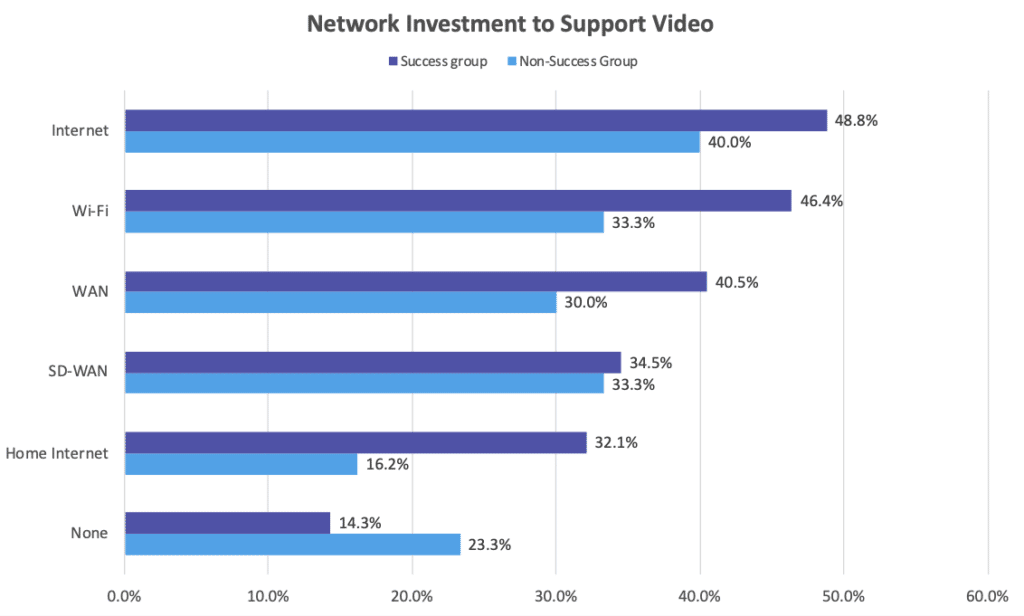Are you struggling with how to find a film crew for your next project? Finding a film crew can be challenging but hiring Maslow Media Group to build your crew makes it easy! There are many benefits to hiring a production crew, and with Maslow Media Group’s expertise, your vision will come to fruition.
A production crew is a group of people who work on a film, television show, commercial, or other production. The staff is responsible for various tasks, including
, lighting, sound, and
.
The size of a production crew depends on the scope of the project.
Film crew members typically have specific roles and responsibilities. The director is in charge of the overall vision for the project, while the producer manages the logistics and finances. The art department is responsible for the production look, and the grip department handles all equipment.
There are a lot of benefits to hiring a production company. First, they can save you time and money by handling all the production logistics. If the client doesn’t have a physical location or local resources for production, it saves them the money they would have to spend on shipping equipment or travel time for their staff. They can also provide expert advice on everything from set design to lighting to camera operation.
Most importantly, production companies can help turn your dream into a reality. They have the experience and expertise to make any project come to life. Whether it’s a commercial, a music video, a feature film, or a live stream, a good production company will help make it happen.
Without a production crew, a film or television show would not be able to get off the ground. They are an essential part of the filmmaking process, and their work is vital to the success of any project. They will make sure that everything runs smoothly so that you can focus on making your film or television show the best it can be. Hiring a production crew is an investment that will pay off in the end, and you will be glad you made it.
When you’re ready to find a film crew, contact Maslow Media Group, and we will curate the most experienced crew that will meet all your needs!
Maslow Media Group has been setting the standard for video production crewing and staffing for over thirty years as production technology is ever-changing. Maslow Media Group’s in-house product managers use an internal database of over 10,000 pre-qualified video industry professionals to bring your dream to life from pre-production to post-production.
When the client comes to Maslow Media Group with a vision, we execute the project with the highest quality and potential. We take the overwhelming worry off the client’s hands and research the most experienced field crews. Whether your project needs a script to screen, an insert studio in London, or a 4k camera crew in Shanghai, Maslow Media Group has the worldwide resources to build your crew for today or the future.
Before the production can begin, Maslow Media Group collaborates with the client by reviewing their requirements, providing estimates for those requests, and discussing with our directors, producers, animators, and editors. Once that’s squared away, and everything is agreed upon, we can go into production! In this phase, we use expert equipment to capture your footage, edit it, stream it, or transmit it live per your request. In post-production, we gather all the final elements to create your deliverable.
Hiring a production crew could be the answer to making your vision a reality. That’s why you need to hire Maslow Media Group for your next project! We will use our expertise and experience to take the stress off your plate and save you time. Call us today at 202-965-1100 or
visit our
and complete our
to get started with us!
The post
appeared first on Maslow Media.



